1872
1872Helix Hook and Eye
Inventors: Albert-Pierre Raymond
The "helix" fastening, riveted in a single component in leather, ensures that the hook or eye is watertight. Lacing up is then possible without the need for sewn-on buttons and buttonholes.

Panneau demonstrateur de crochets et anneaux à hélice
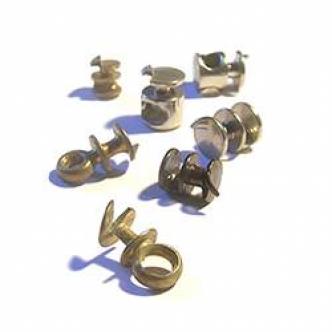
Différentes sortes de crochets à hélice

Crochets à hélices reliés par une ficelle

Brevet du crochet à hélice

Crochets pour chaussure
1886
1886Press-stud
Inventors: Albert-Pierre Raymond
Invented for the glove-making industry, this "new form of a spring stud-fastener" is made of 4 components riveted together in pairs using a manual crimping machine. Fastening by pressing together, unfastening by pulling apart. Today, billions of press-studs are used which have come from the 1886 invention.

Bouton pression

brevet et dessin technique du bouton pression
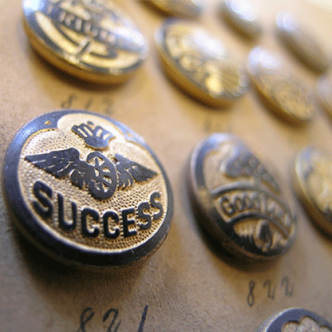
Boutons pression gravés
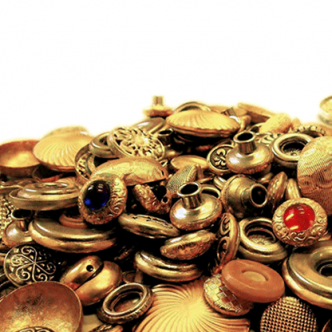
Bouton de mode vestimentaire doré
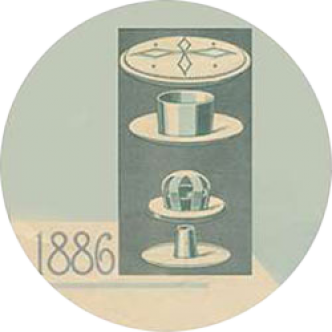
Composants du bouton pression
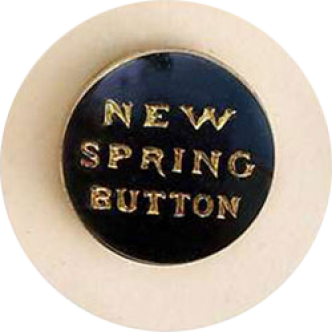
Nouveau bouton à ressort

Bouton à riveter
1901
1901Spring stud-fastener which is sewn on
Inventors: Albert-Pierre Raymond
The male and female parts of the stud-fastener are sewn onto the fabric using holes pierced in the metal. Applications: lingerie, women's clothing.
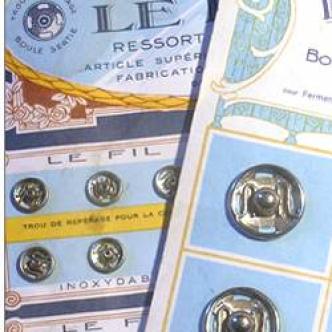
Brochure des boutons à ressort
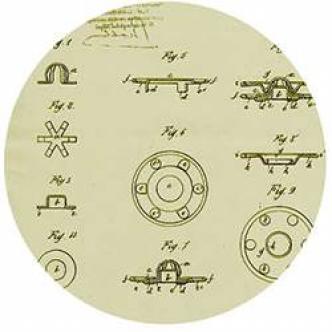
Schéma détaillé du bouton à ressort
1903
1903Spring turnstile fastener
Inventors: Albert-Pierre Raymond
The turnstile is made of two components, the swivel key and the oval eyelet. Fastening by swiveling the key 90° on the eyelet. Applications: leatherwork, saddlery, basketry.

Bouton tourniquet sur une pièce de cuir

Brochure du bouton-tourniquet à ressort

Schéma des différentes parties du bouton-tourniquet à ressort
1911
1911Stud-fasteners ball
Inventors: Albert-Pierre Raymond
New fastening method of stud-fastener balls. Initial fastening on a rigid mounting applicable to automobile shells.
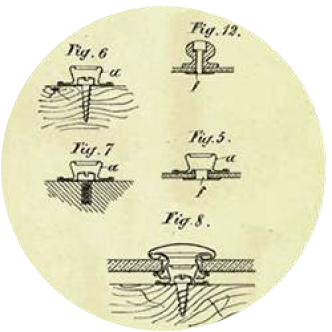
Schéma des différentes parties de la boule de bouton-fermoir

Boutons pression à boule
1922
1922Case and box buttons
Inventors: Achille Raymond
Button with a head whose complexity demonstrates all the progress made since the first press-stud.

Brochure de boutons poussoirs pour écrin
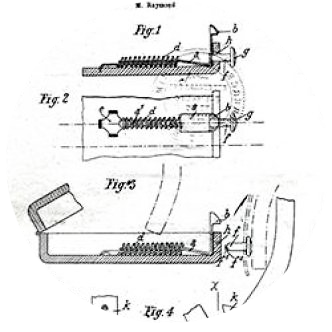
Schéma détaillé du bouton poussoir
1925
1954
The Mastery of hardened steel
Who would have imagined that our mastery in hardened steel was first used for "pipe clips" on the display racks of the French tobacconists? In 1925, the company will once again demonstrate its ability to adapt and launch the first hardened steel clips for the automotive industry, whose mechanical properties (spring effect) respond to the car manufacturers' concerns: speeding up the assembly of shell components.


